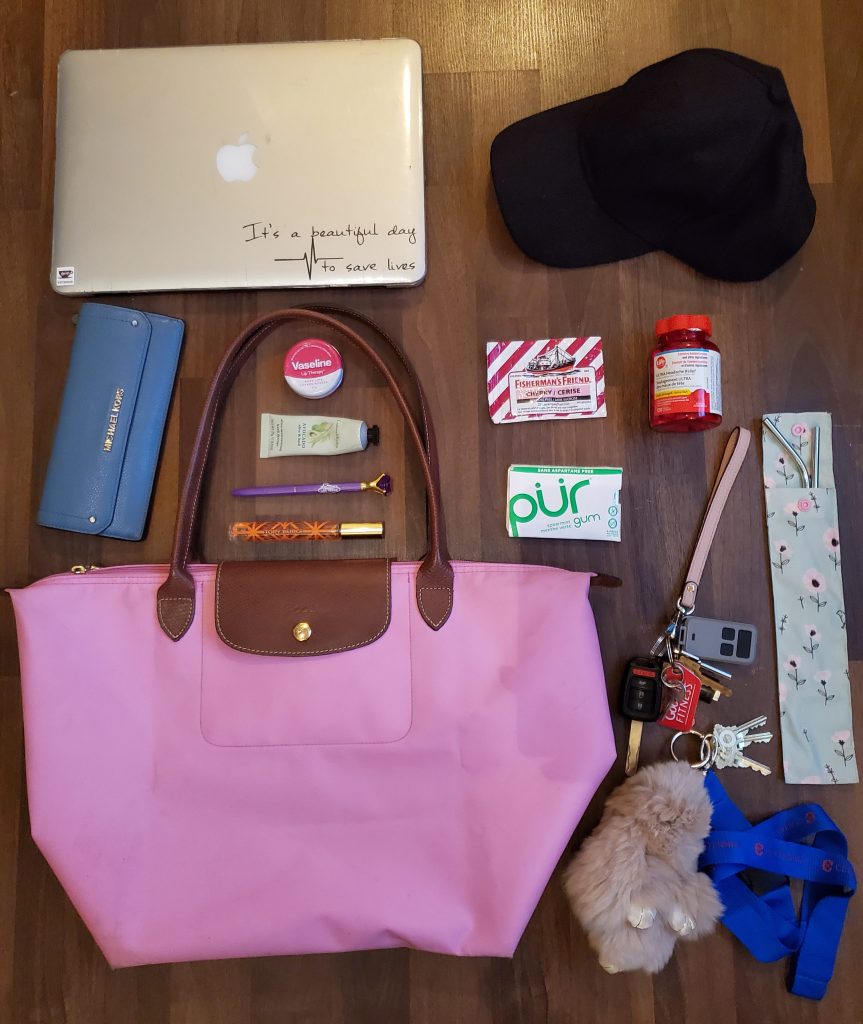Record an unscripted, 5 minute long story using a voice-to-text app.
For my short story here I would like to talk about the science fair project that I had with my science 9 students at Port Moody secondary last year. The entire process lasted from the beginning of the semester which was around the beginning of February all the way to the end of May. At the beginning of the semester all of my grade nine students, roughly about 50 students, where to question something in their life that they were curious about. As the semester went on they refine their question made a hypothesis and from there began to design their own experiment. Some of the topics that my students came up with were do different frequencies of sounds affect the growth of plants, what is the best bridge design to support the most amount of weight, and even does classical music help stimulate short-term. My students presented their experiments results and findings to the entire school during our own science fair Celebration Day. On this day they were given feedback from other teachers there. You’re able to refine awesome of there. End message. A select few group switch hosen to attend the Coquitlam science fair hosted at the Coquitlam Library. As my students were grade nine students they entered into the junior category. Out of the six groups we were able to send to the science fair we swept the board with first-place second-place third place. In first place was a very bright student who decided to designer experiment by herself. Her experiment looked at testing the effects of digital or printed methods of learning. Sheerid to see whether students could memorize more information in a digital format or on a printed hard copy format. She learned a lot from this experiment as well as all of my other students. It was a really proud moment for them as students and Learners and also for me as an educator.
Analysis
The story above has not been altered in any way after the speech-to-text process (using https://speechnotes.co/). Grammatical and spelling mistakes are all included as originally seen. For the most part, the translation was on point, however there are a couple of weird typos that occurred, which are not even words that exist in the English language. I thought it was interesting that the speech-to-text app would process my spoken language into these silly words rather than an existing vocabulary. Some sentences absolutely do not make sense. These errors cause the entire story to make less sense, which is why I would consider these “mistakes”.
What I also noticed is that I was consciously trying to speak as if I was reading the story from text. Maybe it’s the grammatical differences or the way sentences are formed, but I can see that there is a difference between written and spoken language. Knowing this in the back of my mind, I found myself speaking differently than I normally would if I was telling this story to a friend. If I had time to script the story, it would make more sense and flow much better. This activity was eye-opening and made it clear that there is a distinction between written and spoken language and I’m excited to continue learning about where these distinctions lie.

